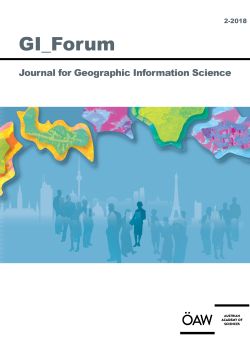
GI_Forum 2018, Volume 6, Issue 2, pp. 58-71, 2018/12/10
Journal for Geographic Information Science

The once-settled ‘wilderness’ region that is the subject of this paper is marked by historic layers of physical inscription and erasure – a nature–culture hybrid that offers a readable surface with temporal depth. In this paper I discuss the mapping of these spatial surfaces as an interpretive and constructive practice. In the process of searching for long-abandoned farms in a designated ‘wilderness’ landscape, my collaborators and I were reading topography and vegetation, aerial photos and archival documents as though all were obscure texts which confronted us with silences, anomalies and uncertainties. In writing up this discursive work in the form of an online GIS map hyperlinked to a web of texts and documentary images, I argue that we were both recording and constituting the layers of meaning that make the landscape. I am interested in the subtle power dynamic of such map-making. We were re-reading what the state has designated as ‘wilderness’ or ‘nature’ as, instead, non-nature – a cultural artefact. Yet I am sensible of the tension between my collaborators, for whom the map articulates ancestral claims to the landscape, and myself, happy to see the state protect, under the guise of ‘wilderness’, what I see as a nature–culture hybrid.
Keywords: critical cartography; nature–culture hybrid; wilderness; Gaelic land memory; story maps